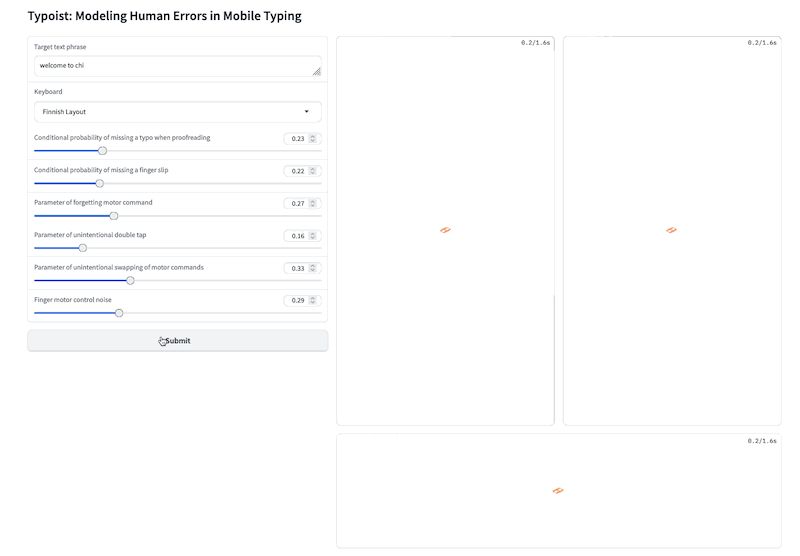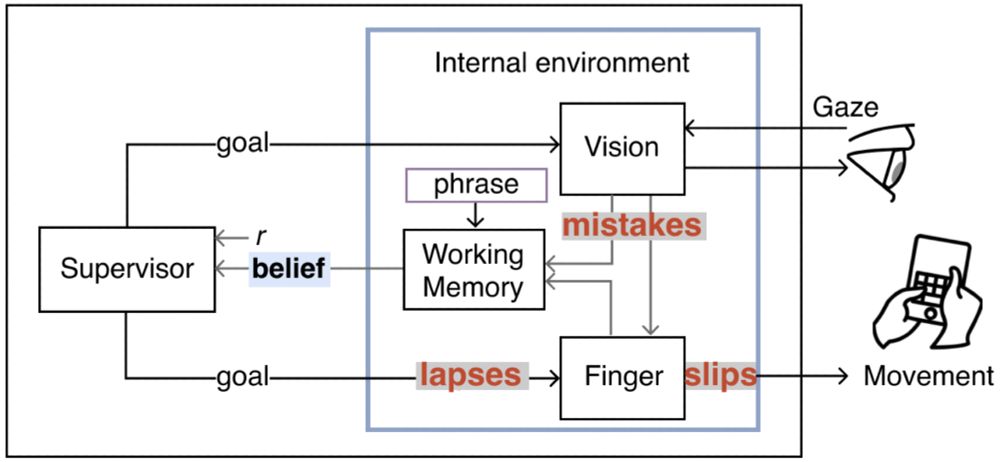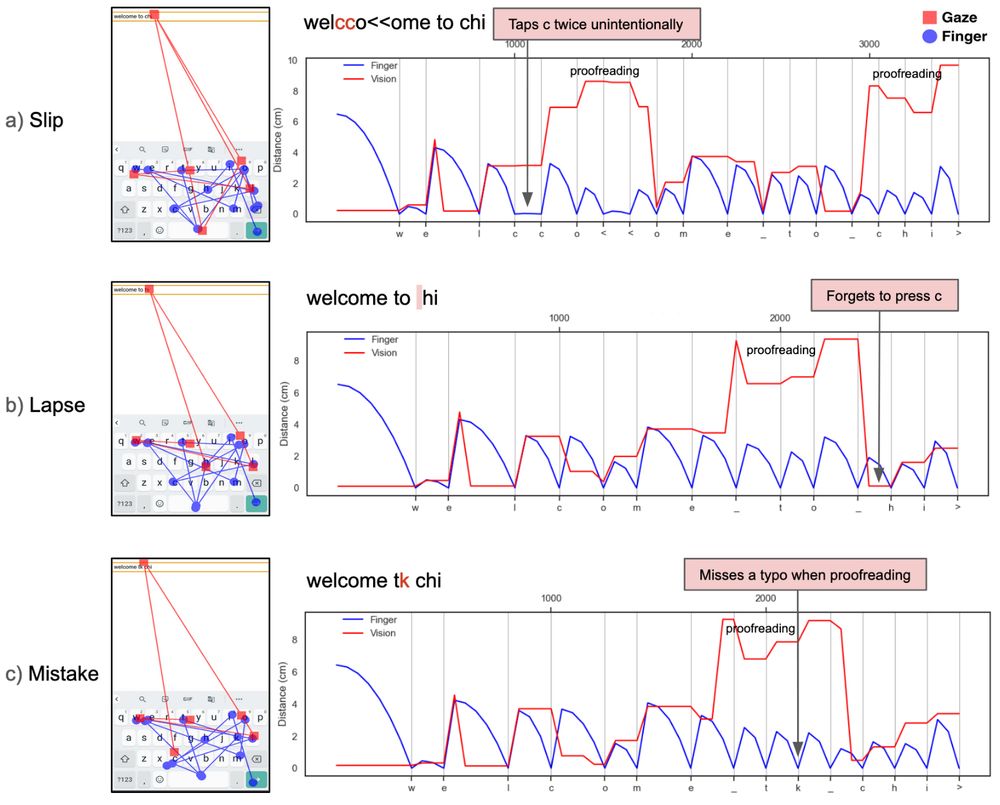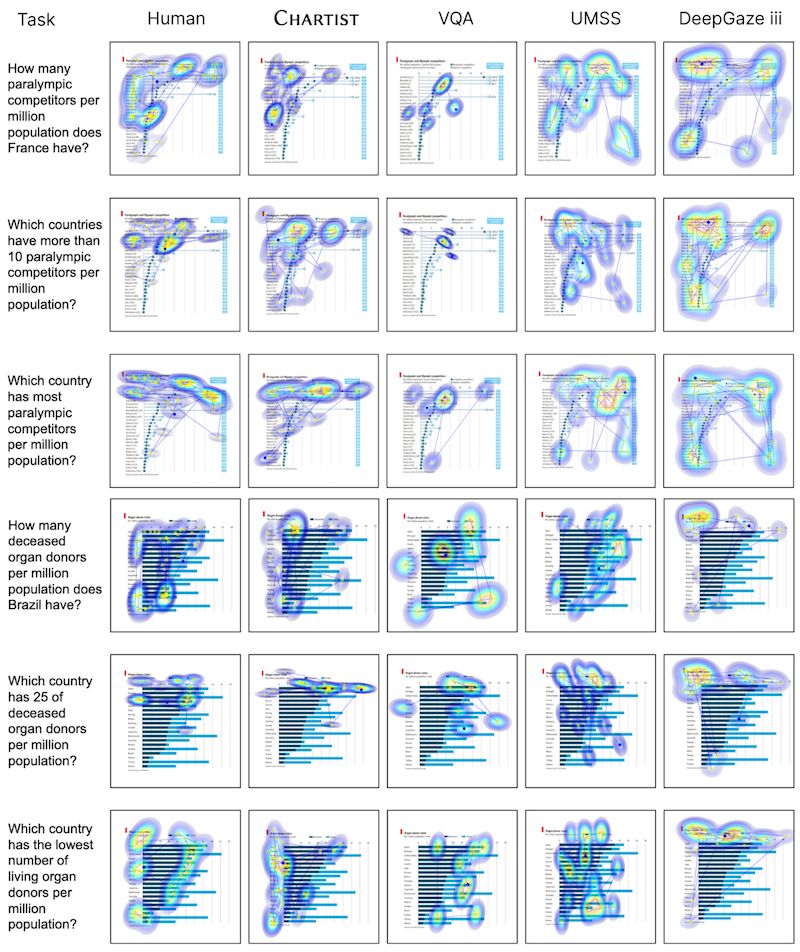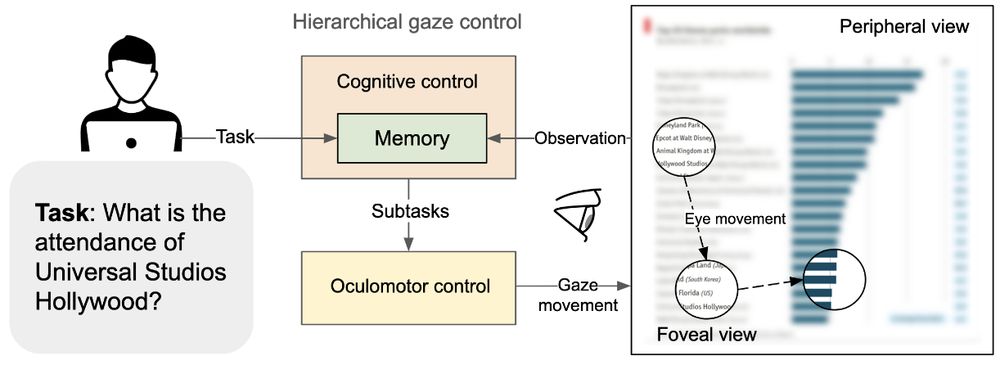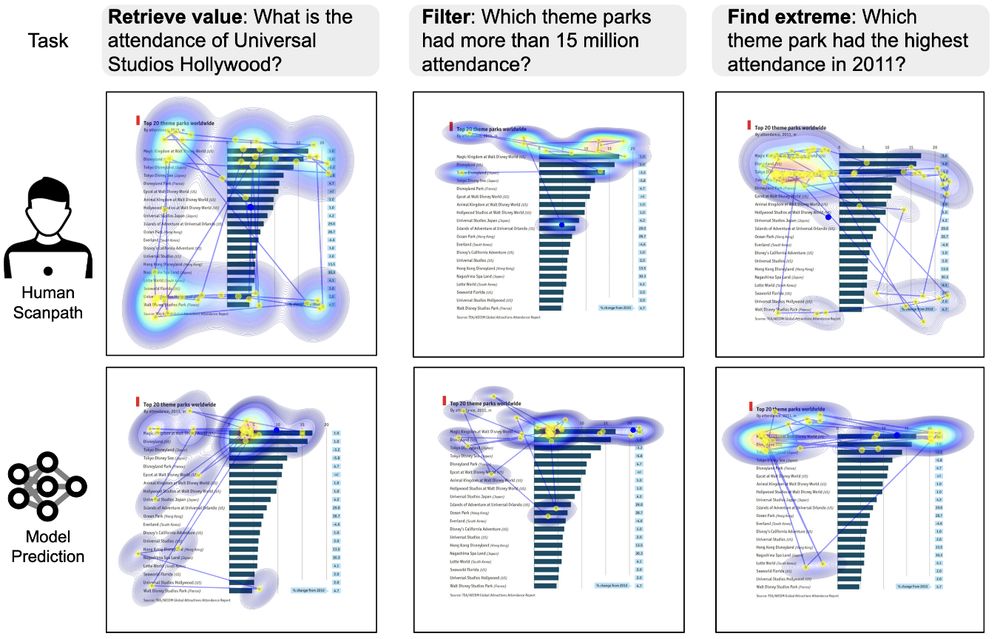Danqing Shi
@danqingshi.bsky.social
16 followers
34 following
19 posts
Human-Computer Interaction, Human-AI Interaction, Visualization
University of Cambridge
https://sdq.github.io
Posts
Media
Videos
Starter Packs
Reposted by Danqing Shi
Danqing Shi
@danqingshi.bsky.social
· Mar 11
Danqing Shi
@danqingshi.bsky.social
· Feb 27
Reposted by Danqing Shi
Antti Oulasvirta
@oulasvirta.bsky.social
· Feb 26
Danqing Shi
@danqingshi.bsky.social
· Feb 24
Danqing Shi
@danqingshi.bsky.social
· Feb 24
Danqing Shi
@danqingshi.bsky.social
· Feb 24








